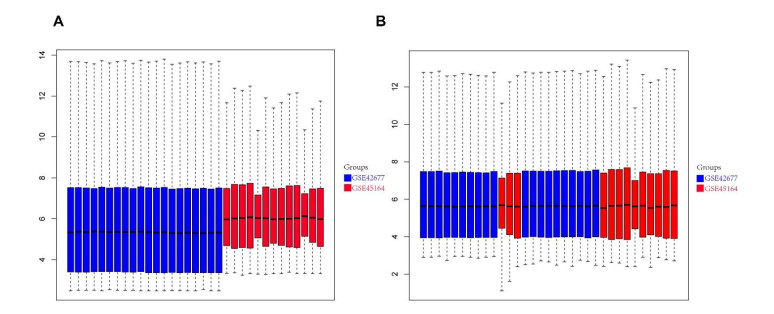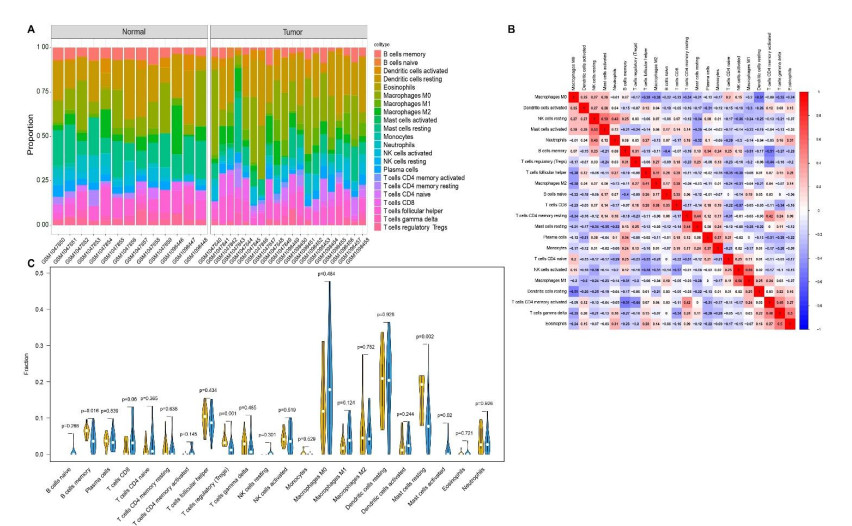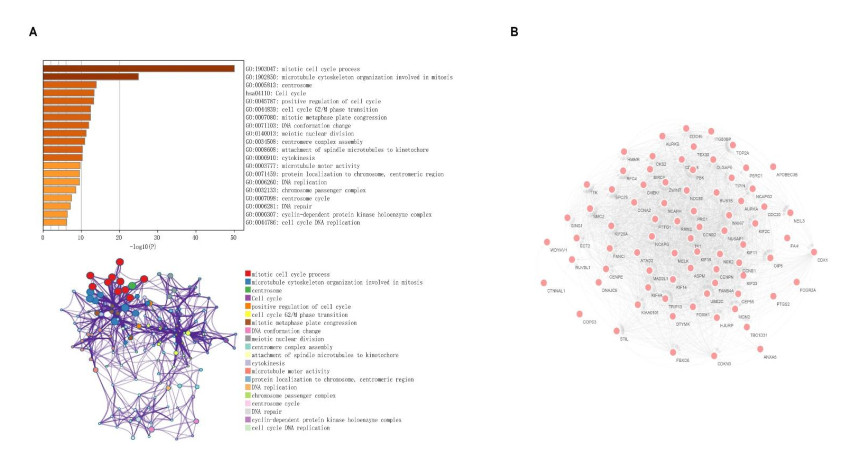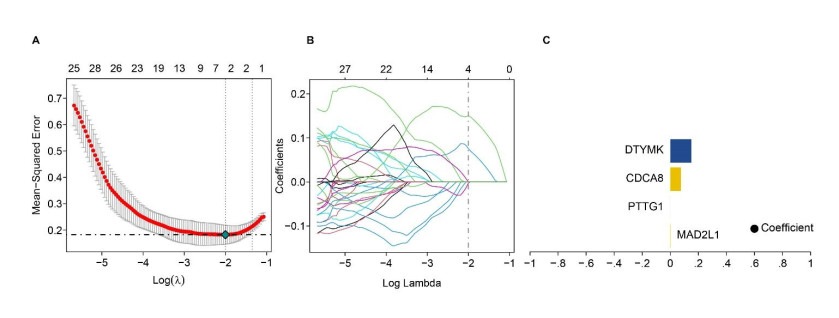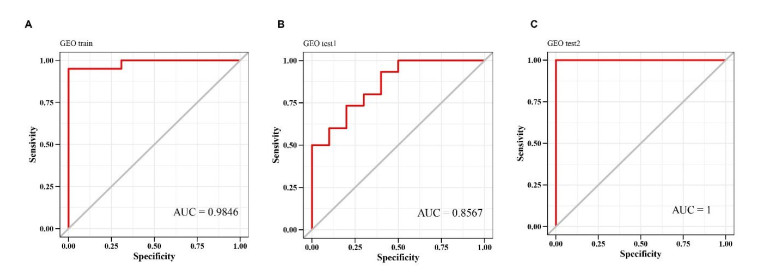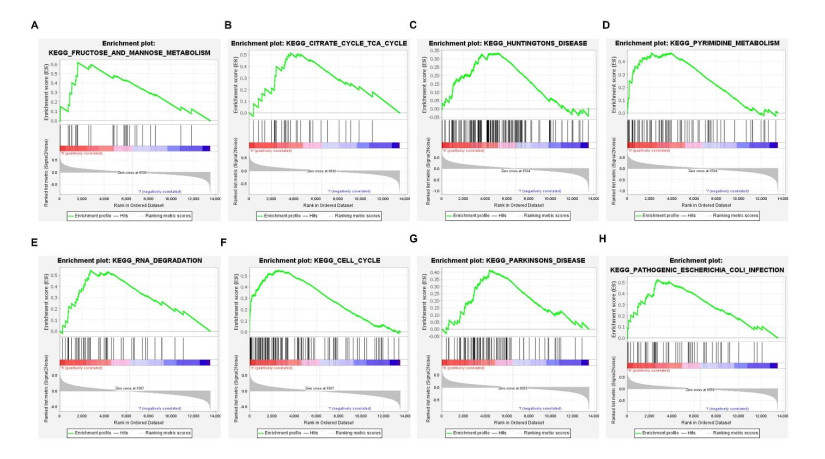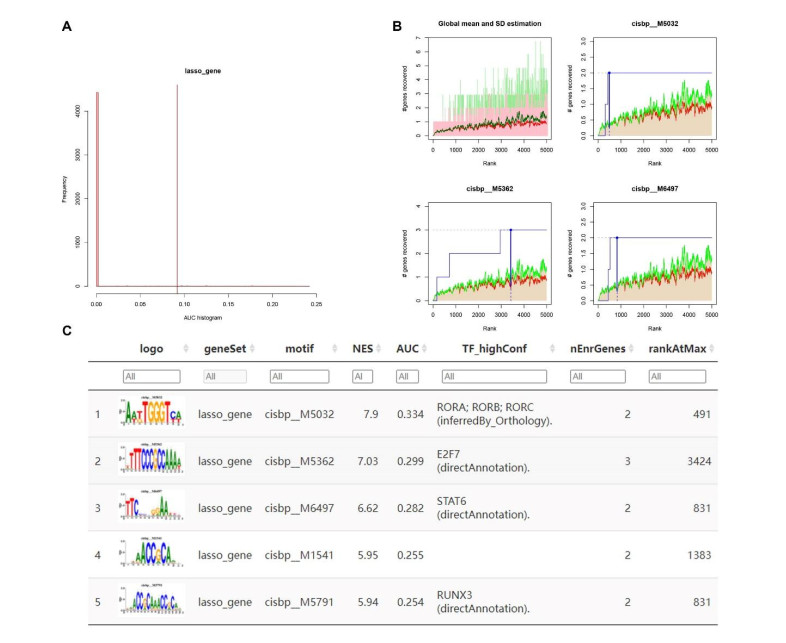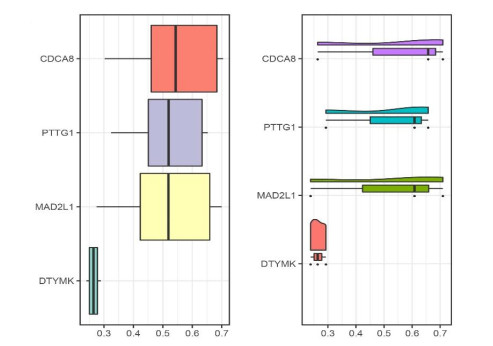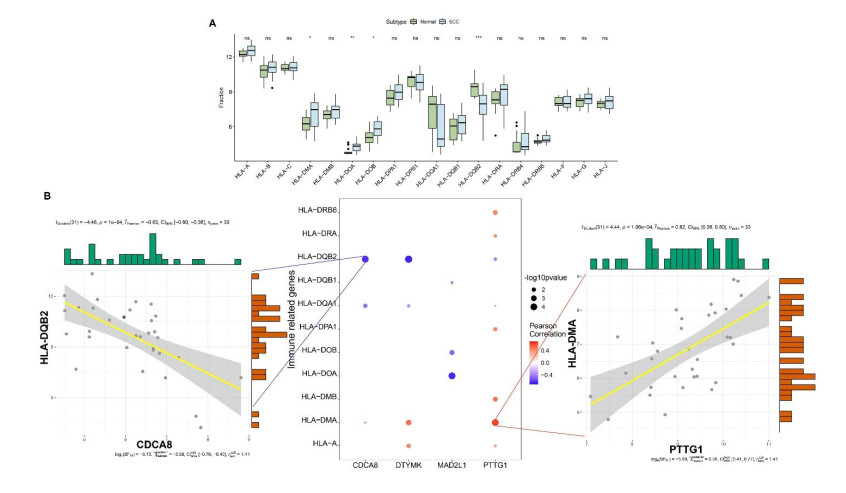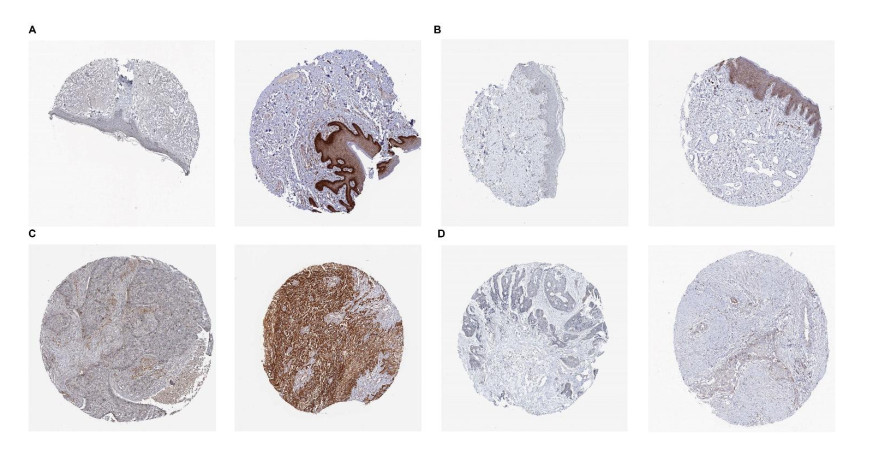|
[1]
|
C. Fitzmaurice, D. Abate, N. Abbasi, H. Abbastabar, F. Abd-Allah, O. Abdel-Rahman, et al., Global, regional, and national cancer incidence, mortality, years of life lost, years lived with disability, and disability-adjusted life-years for 29 cancer groups, 1990 to 2017: a Systematic analysis for the global burden of disease study, JAMA Oncol., 5 (2019), 1749–1768. https://doi.org/10.1001/jamaoncol.2019.2996 doi: 10.1001/jamaoncol.2019.2996

|
|
[2]
|
H. Sung, J. Ferlay, R. L. Siegel, M. Laversanne, I. Soerjomataram, A. Jemal, et al., Global cancer statistics 2020: GLOBOCAN estimates of incidence and mortality worldwide for 36 cancers in 185 countries, CA Cancer J. Clin., 71 (2021), 209–249. https://doi.org/10.3322/caac.21660 doi: 10.3322/caac.21660

|
|
[3]
|
P. S. Karia, J. Han, C. D. Schmults, Cutaneous squamous cell carcinoma: estimated incidence of disease, nodal metastasis, and deaths from disease in the United States, 2012, J. Am. Acad. Dermatol., 68 (2013), 957–966. https://doi.org/10.1016/j.jaad.2012.11.037 doi: 10.1016/j.jaad.2012.11.037

|
|
[4]
|
J. M. Janus, R. F. L. O'Shaughnessy, C. Harwood, T. Maffucci, Phosphoinositide 3-Kinase-Dependent signalling pathways in cutaneous squamous cell carcinomas, Cancers, 9 (2017), 86. https://doi.org/10.3390/cancers9070086 doi: 10.3390/cancers9070086

|
|
[5]
|
M. Piipponen, R. Riihilä, L. Nissinen, V. Kähäri, The role of p53 in progression of cutaneous squamous cell carcinoma, Cancers, 13 (2021), 4507. https://doi.org/10.3390/cancers13184507 doi: 10.3390/cancers13184507

|
|
[6]
|
A. Boutros, F. Cecchi, E. Tanda, E. Croce, R. Gili1, L. Arecco, et al., Immunotherapy for the treatment of cutaneous squamous cell carcinoma, Front. Oncol., 11 (2021), 733917. https://doi.org/10.3389/fonc.2021.733917 doi: 10.3389/fonc.2021.733917

|
|
[7]
|
Y. Sawada, M. Nakamura, Daily lifestyle and cutaneous malignancies, Int. J. Mol. Sci., 22 (2021), 5227. https://doi.org/10.3390/ijms22105227 doi: 10.3390/ijms22105227

|
|
[8]
|
K, Suozzi, J. Turban, M. Girardi, Cutaneous photoprotection: a review of the current status and evolving strategies, Yale J. Biol. Med., 93 (2020), 55–67.
|
|
[9]
|
C. Flower, D. Gaskin, S. Bhamjee, Z. Bynoe, High-risk variants of cutaneous squamous cell carcinoma in patients with discoid lupus erythematosus: a case series, Lupus, 22 (2013), 736–739. https://doi.org/10.1177%2F0961203313490243
|
|
[10]
|
K. K. Das, A. Chakaraborty, A. Rahman, S. Khandkar, Incidences of malignancy in chronic burn scar ulcers: experience from Bangladesh, Burns, 41 (2015), 1315–1321. https://doi.org/10.1016/j.burns.2015.02.008 doi: 10.1016/j.burns.2015.02.008

|
|
[11]
|
T. J. Knackstedt, L. K. Collins, Z. Li, S. Yan, F. Samie, Squamous cell carcinoma arising in hypertrophic lichen planus: a review and analysis of 38 cases, Dermatol. Surg., 41 (2015), 1411–1418. http://doi.org/10.1097/DSS.0000000000000565 doi: 10.1097/DSS.0000000000000565

|
|
[12]
|
J. Xing, Z. Jia, Y. Xu, M. Chen, Z. Yang, Y. Chen, et al., KLF9 (Kruppel Like Factor 9) induced PFKFB3 (6-Phosphofructo-2-Kinase/Fructose-2, 6-Biphosphatase 3) downregulation inhibits the proliferation, metastasis and aerobic glycolysis of cutaneous squamous cell carcinoma cells, Bioengineered, 12 (2021), 7563–7576. https://doi.org/10.1080/21655979.2021.1980644 doi: 10.1080/21655979.2021.1980644

|
|
[13]
|
J. G. Newman, M. A. Hall, S. J. Kurley, R. Cook, A. S. Farberg, J. L. Geiger, et al., Adjuvant therapy for high-risk cutaneous squamous cell carcinoma: 10-year review, Head Neck, 43 (2021), 2822–2843. https://doi.org/10.1002/hed.26767 doi: 10.1002/hed.26767

|
|
[14]
|
J. Pang, H. Pan, C. Yang, P. Meng, W. Xie, J. Li, et al., Prognostic value of immune-related multi-incRNA signatures associated with tumor microenvironment in esophageal cancer, Front. Genet., 12 (2021), 722601. https://dx.doi.org/10.3389%2Ffgene.2021.722601
|
|
[15]
|
Y. Pan, H. Han, K. E. Labbe, H. Zhang, W. Wong, Recent advances in preclinical models for lung squamous cell carcinoma, Oncogene, 40 (2021), 2817–2829. https://doi.org/10.1038/s41388-021-01723-7 doi: 10.1038/s41388-021-01723-7

|
|
[16]
|
A. Elmusrati, J. Wang, C. Y. Wang, Tumor microenvironment and immune evasion in head and neck squamous cell carcinoma, Int. J. Oral. Sci., 13 (2021), 24. https://doi.org/10.1038/s41368-021-00131-7 doi: 10.1038/s41368-021-00131-7

|
|
[17]
|
T. Suwa, M. Kobayashi, J. M. Nam, H, Harada, Tumor microenvironment and radioresistance, Exp. Mol. Med., 53 (2021), 1029–1035. https://doi.org/10.1038/s12276-021-00640-9 doi: 10.1038/s12276-021-00640-9

|
|
[18]
|
S. Paget, The distribution of secondary growths in cancer of the breast, Cancer Metastasis Rev., 8 (1889), 98–101.
|
|
[19]
|
H. Wang, M. M. H. Yung, H. Y. S. Ngan, K. Chan, D. W. Chan, The impact of the tumor microenvironment on macrophage polarization in cancer metastatic progression, Int. J. Mol. Sci., 22 (2021), 6560. https://doi.org/10.3390/ijms22126560 doi: 10.3390/ijms22126560

|
|
[20]
|
J. Zhuyan, M. Chen, T. Zhu, X. Bao, T. Zhen, K. Xing, et al., Critical steps to tumor metastasis: alterations of tumor microenvironment and extracellular matrix in the formation of pre-metastatic and metastatic niche, Cell Biosci., 10 (2020), 89. https://doi.org/10.1186/s13578-020-00453-9 doi: 10.1186/s13578-020-00453-9

|
|
[21]
|
Y. Xie, F. Xie, L. Zhang, X. Zhou, J. Huang, F. Wang, et al., Targeted anti-tumor immunotherapy using tumor infiltrating cells, Adv. Sci., e2101672. https://doi.org/10.1002/advs.202101672 doi: 10.1002/advs.202101672

|
|
[22]
|
M. Akhtar, A. Haider, S. Rashid, A. Ai-Nabet, Paget's " Seed and Soil" theory of cancer metastasis: an idea whose time has come, Adv. Anat. Pathol., 26 (2019), 69–74. https://doi.org/10.1097/PAP.0000000000000219 doi: 10.1097/PAP.0000000000000219

|
|
[23]
|
G. Yan, L. Li, S. Zhu, Y. Wu, Y. Zhu, L. Zhu, et al., Single-cell transcriptomic analysis reveals the critical molecular pattern of UV-induced cutaneous squamous cell carcinoma, Cell Death Dis., 13 (2022), 23. https://doi.org/10.1038/s41419-021-04477-y doi: 10.1038/s41419-021-04477-y

|
|
[24]
|
A. Ji, A. Rubin, K. Thrane, S. Jiang, D. L. Reynolds, R. M. Meyers, et al., Multimodal analysis of composition and spatial architecture in human squamous cell carcinoma, Cell, 182 (2020), 497–514. https://doi.org/10.1016/j.cell.2020.05.039 doi: 10.1016/j.cell.2020.05.039

|
|
[25]
|
C. B. Steen, C. L. Liu, A. A. Alizadeh, A. M. Newman, Profiling cell type abundance and expression in bulk tissues with CIBERSORTx, Methods Mol. Biol., 2117 (2020), 135–157. https://doi.org/10.1007/978-1-0716-0301-7_7 doi: 10.1007/978-1-0716-0301-7_7

|
|
[26]
|
J. L. Sevilla, V. Segura, A. Podhorski, E. Guruceaga, J. M. Mato, L. A. Martinez-Cruz, et al., (2005) Correlation between gene expression and GO semantic similarity, IEEE/ACM Trans. Comput. Biol. Bioinform., 2 (2005), 330–338. https://doi.org/10.1109/TCBB.2005.50 doi: 10.1109/TCBB.2005.50

|
|
[27]
|
S. Jain, G. D. Bader, An improved method for scoring protein-protein interactions using semantic similarity within the gene ontology, BMC Bioinf., 11 (2010), 562. https://doi.org/10.1186/1471-2105-11-562 doi: 10.1186/1471-2105-11-562

|
|
[28]
|
X. Guo, C. D. Shriver, H. Hu, M. N. Liebman, Analysis of metabolic and regulatory pathways through Gene Ontology-derived semantic similarity measures, in AMIA Annual Symposium Proceedings, American Medical Informatics Association, (2005), 972.
|
|
[29]
|
P. M. Tedder, J. R. Bradford, C. J. Needham, G. A. McConkey, A. J. Bulpitt, D. R. Westhead, Gene function prediction using semantic similarity clustering and enrichment analysis in the malaria parasite Plasmodium falciparum, Bioinformatics, 26 (2010), 2431–2437. https://doi.org/10.1093/bioinformatics/btq450 doi: 10.1093/bioinformatics/btq450

|
|
[30]
|
G. Yu, F. Li, Y. Qin, X. Bo, Y. Wu, S. Wang, GOSemSim: an R package for measuring semantic similarity among GO terms and gene products, Bioinformatics, 26 (2010), 976–978. https://doi.org/10.1093/bioinformatics/btq064 doi: 10.1093/bioinformatics/btq064

|
|
[31]
|
J. Z. Wang, Z. Du, R. Payattakool, P. S. Yu, C. F. Chen, A new method to measure the semantic similarity of GO terms, Bioinformatics, 23 (2007), 1274–1281. https://doi.org/10.1093/bioinformatics/btm087 doi: 10.1093/bioinformatics/btm087

|
|
[32]
|
E. Rognoni, M. Widmaier, M. Jakobson, R. Ruppert, S. Ussar, D. Katsougkri, Kindlin-1 controls Wnt and TGF-β availability to regulate cutaneous stem cell proliferation, Nat. Med., 20 (2014), 350–359. https://doi.org/10.1038/nm.3490 doi: 10.1038/nm.3490

|
|
[33]
|
M. Lai, R. Pampena, L. Cornacchia, G. Odorici, A. Piccerillo, G. Pellacani, et al., Cutaneous squamous cell carcinoma in patients with chronic lymphocytic leukemia: a systematic review of the literature, Int. J. Dermatol., 2021 (2021). https://doi.org/10.1111/ijd.15813
|
|
[34]
|
H. B. Jie, P. J. Schuler, S. C. Lee, R. M. Srivastava, A. Argiris, S. Ferrone, et al., CTLA-4⁺ regulatory T cells increased in cetuximab-treated head and neck cancer patients suppress NK cell cytotoxicity and correlate with poor prognosis, Cancer Res., 75 (2015), 2200–2210. https://doi.org/10.1158/0008-5472.CAN-14-2788 doi: 10.1158/0008-5472.CAN-14-2788

|
|
[35]
|
S. Z. Lin, K. J. Chen, Z. Y. Xu, H. Chen, L. Zhou, H. Y. Xie, et al., Prediction of recurrence and survival in hepatocellular carcinoma based on two Cox models mainly determined by FoxP3+ regulatory T cells, Cancer Prev. Res., 6 (2013), 594–602. https://doi.org/10.1158/1940-6207.CAPR-12-0379 doi: 10.1158/1940-6207.CAPR-12-0379

|
|
[36]
|
B. Azzimonti, E. Zavattaro, M. Provasi, M. Vidali, A. Conca, E. Catalano, et al., Intense Foxp3+ CD25+ regulatory T-cell infiltration is associated with high-grade cutaneous squamous cell carcinoma and counterbalanced by CD8+/Foxp3+ CD25+ ratio, Br. J. Dermatol., 172 (2014), 64–73. https://doi.org/10.1111/bjd.13172 doi: 10.1111/bjd.13172

|
|
[37]
|
S. M. Gorsch, V. A. Memoli, T. A. Stukel, L. I. Gold, B. A. Arrick, Immunohistochemical staining for transforming growth factor beta 1 associates with disease progression in human breast cancer, Cancer Res., 52 (1992), 6949–6952.
|
|
[38]
|
M. Ponzoni, F. Pastorino, D. Di Paolo, P. Perri, C. Brignole, Targeting macrophages as a potential therapeutic intervention: impact on inflammatory diseases and cancer, Int. J. Mol. Sci., 19 (2018), 1953. https://doi.org/10.3390/ijms19071953 doi: 10.3390/ijms19071953

|
|
[39]
|
L. Nissinen, M. Farshchian, P. Riihilä, V. Kähäre, New perspectives on role of tumor microenvironment in progression of cutaneous squamous cell carcinoma, Cell Tissue Res., 365 (2016), 691–702. https://doi.org/10.1007/s00441-016-2457-z doi: 10.1007/s00441-016-2457-z

|
|
[40]
|
J. S. Pettersen, J. Fuentes-Duculan, M. Suárez-Fariñas, K. C. Pierson, A. Pitts-Kiefer, L. Fan, et al., Tumor-associated macrophages in the cutaneous SCC microenvironment are heterogeneously activated, J. Invest. Dermatol., 131 (2011), 1322–1330. https://doi.org/10.1038/jid.2011.9 doi: 10.1038/jid.2011.9

|
|
[41]
|
M. Takahara, S. Chen, M. Kido, S. Takeuchi, H. Uchi, Y. Tu, et al., Stromal CD10 expression, as well as increased dermal macrophages and decreased Langerhans cells, are associated with malignant transformation of keratinocytes, J. Cutan. Pathol., 36 (2009), 668–674. https://doi.org/10.1111/j.1600-0560.2008.01139.x doi: 10.1111/j.1600-0560.2008.01139.x

|
|
[42]
|
D. Moussai, H. Mitsui, J. S. Pettersen, K. C. Pierson, K. R. Shah, M. Suárez- Fariñas, et al., The human cutaneous squamous cell carcinoma microenvironment is characterized by increased lymphatic density and enhanced expression of macrophage-derived VEGF-C, J. Invest. Dermatol., 131 (2011), 229–236. https://doi.org/10.1038/jid.2010.266 doi: 10.1038/jid.2010.266

|
|
[43]
|
C. A. Janeway, J. Ron, M. E. Katz, The B cell is the initiating antigen-presenting cell in peripheral lymph nodes, J. Immunol., 138 (1987), 1051–1055.
|
|
[44]
|
D. P. Harris, L. Haynes, P. C. Sayles, D. K. Duso, S. M. Eaton, N. M. Lepak, et al., Reciprocal regulation of polarized cytokine production by effector B and T cells, Nat. Immunol., 1 (2000), 475–482. https://doi.org/10.1038/82717 doi: 10.1038/82717

|
|
[45]
|
A. Sarvaria, J. A. Madrigal, A. Saudemont, B cell regulation in cancer and anti-tumor immunity, Cell Mol. Immunol., 14 (2017), 662–674. https://doi.org/10.1038/cmi.2017.35 doi: 10.1038/cmi.2017.35

|
|
[46]
|
P. Andreu, M. Johansson, N. Affara, F. Pucci, T. Tan, S. Junankar, et al., FcRgamma activation regulates inflammation-associated squamous carcinogenesis, Cancer Cell, 17 (2010), 121–134. https://doi.org/10.1016/j.ccr.2009.12.019 doi: 10.1016/j.ccr.2009.12.019

|
|
[47]
|
K. W. de Visser, L. V. Korets, L. M. Coussens, De novo carcinogenesis promoted by chronic inflammation is B lymphocyte dependent, Cancer Cell, 7 (2005), 411–423. https://doi.org/10.1016/j.ccr.2005.04.014 doi: 10.1016/j.ccr.2005.04.014

|
|
[48]
|
T. Schioppa, R. Moore, R. G. Thompson, F. R. Balkwill, B regulatory cells and the tumor-promoting actions of TNF-α during squamous carcinogenesis, Proc. Natl. Acad. Sci., 108 (2011), 10662–10667. https://doi.org/10.1073/pnas.1100994108 doi: 10.1073/pnas.1100994108

|
|
[49]
|
G. Crawford, M. D. Hayes, R. C. Seoane, S. Ward, T. Dalessandri, C. Lai, et al., Epithelial damage and tissue γδ T cells promote a unique tumor-protective IgE response, Nat. Immunol., 19 (2018), 859–870. https://doi.org/10.1038/s41590-018-0161-8 doi: 10.1038/s41590-018-0161-8

|
|
[50]
|
T. Zhou, R. Qin, S. Shi, H. Zhang, C. Niu, G. Ju, et al., DTYMK promote hepatocellular carcinoma proliferation by regulating cell cycle, Cell Cycle, 20 (2021), 1681–1691. https://doi.org/10.1080/15384101.2021.1958502 doi: 10.1080/15384101.2021.1958502

|
|
[51]
|
Y. Guo, W. Luo, S. Huang, W. Zhao, H. Chen, Y. Ma, et al., DTYMK expression predicts prognosis and chemotherapeutic response and correlates with immune infiltration in hepatocellular carcinoma, J. Hepatocell Carcinoma, 8 (2021), 871–885. https://dx.doi.org/10.2147%2FJHC.S312604
|
|
[52]
|
T. Jeon, M. J. Ko, Y. R. Seo, S. J. Jung, D. Seo, S. Y. Park, et al., Silencing CDCA8 suppresses hepatocellular carcinoma growth and stemness via restoration of ATF3 tumor suppressor and inactivation of AKT/β-catenin signaling, Cancers, 13 (2021), 1055. https://doi.org/10.3390/cancers13051055 doi: 10.3390/cancers13051055

|
|
[53]
|
G. Vlotides, T. Eigler, S. Melmed, Pituitary tumor-transforming gene: physiology and implications for tumorigenesis, Endocr. Rev., 28 (2007), 165–186. https://doi.org/10.1210/er.2006-0042 doi: 10.1210/er.2006-0042

|
|
[54]
|
H. Hong, Z. Jin, T. Qian, X. Xu, X. Zhu, Q. Fei, et al., Falcarindiol enhances cisplatin chemosensitivity of hepatocellular carcinoma via down-regulating the STAT3-modulated PTTG1 pathway, Front. Pharmacol., 12 (2021), 656697. https://dx.doi.org/10.3389%2Ffphar.2021.656697
|
|
[55]
|
S. W. Chen, H. F. Zhou, H. J. Zhang, R. He, Z. Huang, Y. Dang, et al., The clinical significance and potential molecular mechanism of PTTG1 in esophageal squamous cell carcinoma, Front. Genet., 11 (2021), 583085. https://doi.org/10.3389/fgene.2020.583085 doi: 10.3389/fgene.2020.583085

|
|
[56]
|
Z. Chen, K. Cao, Y. Hou, F. Lu, L. Li, L. Wang, et al., PTTG1 knockdown enhances radiation-induced antitumour immunity in lung adenocarcinoma, Life Sci., 277 (2021), 119594. https://doi.org/10.1016/j.lfs.2021.119594 doi: 10.1016/j.lfs.2021.119594

|
|
[57]
|
J. E. Noll, K. Vandyke, D. R. Hewett, K. M. Mrozik, R. J. Bala, S. A. Williams, et al., PTTG1 expression is associated with hyperproliferative disease and poor prognosis in multiple myeloma, J. Hematol. Oncol., 8 (2015), 106. https://doi.org/10.1186/s13045-015-0209-2 doi: 10.1186/s13045-015-0209-2

|
|
[58]
|
R. Wei, Z. Wang, Y. Zhang, B. Wang, N. Shen, E. Li, et al., Bioinformatic analysis revealing mitotic spindle assembly regulated NDC80 and MAD2L1 as prognostic biomarkers in non-small cell lung cancer development, BMC Med. Genomics, 13 (2020), 112. https://doi.org/10.1186/s12920-020-00762-5 doi: 10.1186/s12920-020-00762-5

|
|
[59]
|
M. Vleugel, T. A. Hoek, E. Tromer, T. Sliedrecht, V. Groenewold, M. Omerzu, et al., Dissecting the roles of human BUB1 in the spindle assembly checkpoint, J. Cell Sci., 128 (2015), 2975–2982. https://doi.org/10.1242/jcs.169821 doi: 10.1242/jcs.169821

|
|
[60]
|
Y. H. Ko, J. H. Roh, Y. I. Son, M. K. Chung, J. Y. Jang, H. Byun, et al., Expression of mitotic checkpoint proteins BUB1B and MAD2L1 in salivary duct carcinomas, J. Oral Pathol. Med., 39 (2010), 349–355. https://doi.org/10.1111/j.1600-0714.2009.00835.x doi: 10.1111/j.1600-0714.2009.00835.x

|
|
[61]
|
M. Abal, A. Obrador-Hevia, K. P. Janssen, L. Casadome, M. Menendez, S. Carpentier, et al., APC inactivation associates with abnormal mitosis completion and concomitant BUB1B/MAD2L1 up-regulation, Gastroenterology, 132 (2007), 2448–2458. https://doi.org/10.1053/j.gastro.2007.03.027 doi: 10.1053/j.gastro.2007.03.027

|
|
[62]
|
Y. Wang, Z. Zhou, L. Chen, Y. Li, Z. Zhou, X. Chu, Identification of key genes and biological pathways in lung adenocarcinoma via bioinformatics analysis, Mol. Cell Biochem., 476 (2021), 931–939. https://doi.org/10.1007/s11010-020-03959-5 doi: 10.1007/s11010-020-03959-5

|
|
[63]
|
R. Marima, R. Hull, C. Penny, Z. Dlamini, Mitotic syndicates Aurora Kinase B (AURKB) and mitotic arrest deficient 2 like 2 (MAD2L2) in cohorts of DNA damage response (DDR) and tumorigenesis, Mutat. Res. Rev. Mutat. Res., 787 (2021), 108376. https://doi.org/10.1016/j.mrrev.2021.108376 doi: 10.1016/j.mrrev.2021.108376

|
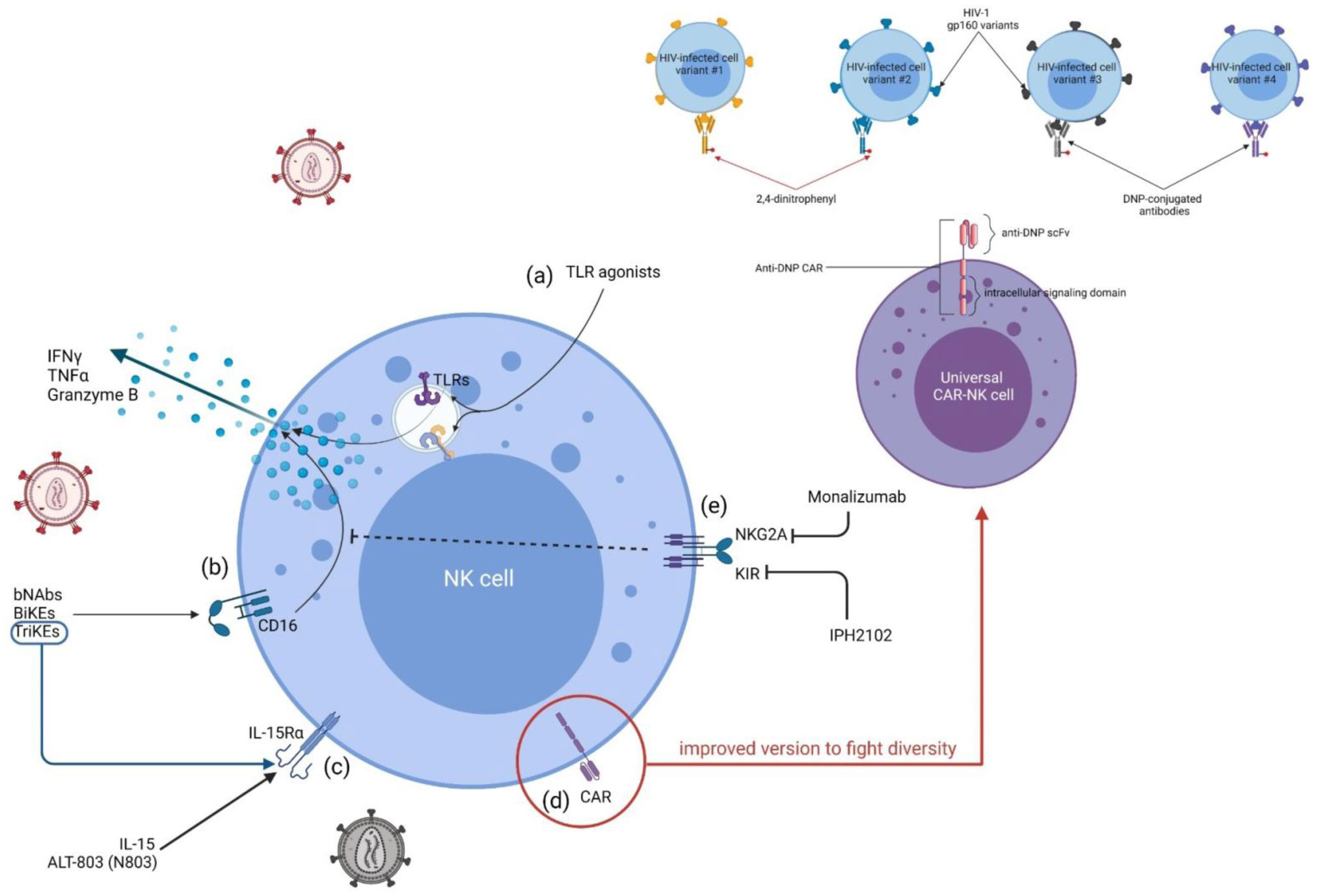









 DownLoad:
DownLoad:


